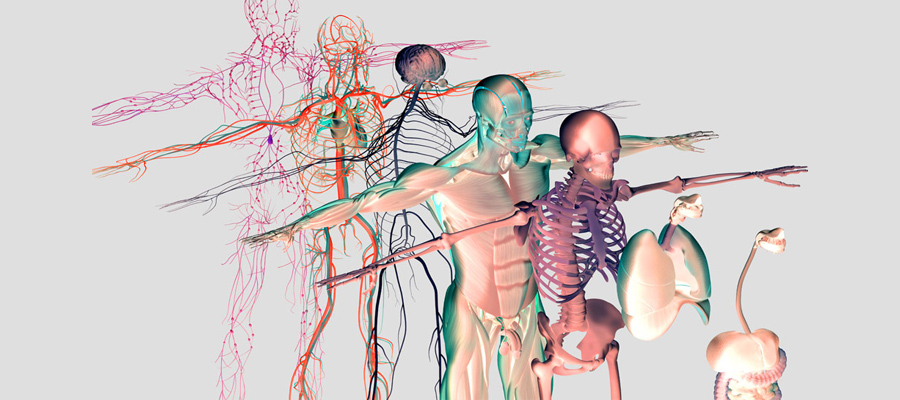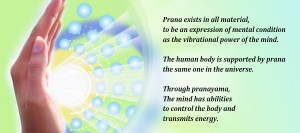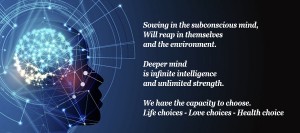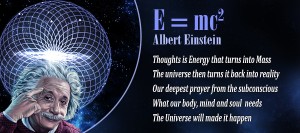Yoga describes the subtle human structures, based on the pulse system, the structures that allow a deep understanding of human existence in its entirety and give us the techniques we need to transform us and be balanced, and healthy from all points of view. look.
The Nadis Are the Arteries of the Energy Body
Nadis are subtle subtle channels through which energy flows to every part of the subtle body. The veins are often subtle “pairs” of the blood or nervous system.
From the point of view of the energy circulating throughout the body, all nadis extract their energy from Ida and Pingala. They represent the two functional modules that form the basis of all mental, psychic and physical processes.
The Sushumna Nadi, the central channel through which the other two nadis “revolve”, is a royal path that can lead us to experience the highest state of consciousness and can lead to tour transformation.
Every cell of the body, every organ, brain and mind, all the “elements” of existence are interconnected on a physical and subtle level, enabling us to think, speak, act and exist in a balanced, coherent and synchronous way. way, when each part acts in the interest of the other.
In the body, there are two energy systems that control this process. They develop around the pulse of Ida and Pingala, and if we stimulate one element of this system, through the process of resonance, we will activate the whole system.
Researcher Arthur Deikman, from the department of psychiatry of the University of Colorado Medical Center, USA, presents the two main existential ways of man, most of which have activated the Yin or Yang aspect of the modern psychological perspective.
He practically describes Ida and Pingala in modern psychological terms.
The active and dynamic way represents a state that is regulated precisely by the action on the environment. The muscular system and the nervous sympathetic system are the main physiological formations that work in this way.
The main features of this method are: focused attention, logic based on analysis, spatial perception and dominant formal traits over the senses.
An active way of expressing a state of desire that is oriented towards the fulfillment of some personal needs, such as food, shelter, the tendency to protect, the need for security, and to gain social attainment, to which we may also add a whole variety of symbolic or sensual pleasures, and a tendency to avoid. annoyance and pain.
The state of “Ida” is receptive in nature, as a state that is oriented towards contemplating the environment rather than operating on it. In this state, the perceptive sensory system and parasympathetic function are dominant.
In this case, the electroencephalogram tends to show in this case alpha waves, which express a state of relaxation, decreased muscle tension, diffused attention, and deformed form.
The most suitable definition of this state is non-action.
Although Ida and Pingala and their ways of carrying out energetic functions may seem contradictory, they are actually complementary and therefore these two tendencies must strike a balance so that one enjoys perfect health and deep mental health.
Moreover, equanimity opens the gate to transcendence and a mode of functioning in which the opposing “opponent” attains a state of harmony and unity.
Yoga Normalizes the Subtle Circuits of the Human Body
Recent and uncovered research in the field of neuroscience has proven that the brain functions according to a “dual” pulse system, as described by yogis thousands of years ago. In a radical attempt to treat some severe forms of epilepsy, Roger Sperry and his assistants have performed brain surgery on the median line connecting the two hemispheres of the brain, where the corpus callosum is found. To their great surprise, not only had the epilepsy crisis stopped, but they also made some major discoveries that radically changed the neuropsychological understanding of how the brain works, and thus revolutionized the human medical and scientific outlook.
It is common for us to know that the right side of the brain controls the left side of the body, and the left side of the brain controls the right side of the body.
Although in its early stages, Sperry’s research has proven that each part of the brain controls and coordinates different, opposing but complementary behaviorist patterns. This is a very important discovery and also confirms the yoga view.
Although yogis use different conceptual tools and different experimental methods, these scientists reach the same conclusions as yogis.
A person is characterized by two main ways of manifesting himself. The energies that pass through Ida and Pingala coordinate the brain circuits, which have been associated with knowledge or consciousness, and each with energy of action (physical force).
The subtle effects of these two types of energy can be found at the three main levels of the nervous system;
- Sensory motor nervous system: all electrical activity of the body is directed in one of two possible directions to the afferent brain associated with the Ida pulse and associated with Pingala.
- The subtle nadis and associated nerves at this physical level control human perception of the world and their respective capacities to act in the outside world.
The autonomic nervous system is divided into the sympathetic nervous system, outward-oriented, operates under stressful conditions, which consumes and uses a person’s energy and as a result is a manifestation of Yang energy, and the parasympathetic nervous system, oriented into activity, operates in a state of rest, preserves and collects. energy and consequently are manifestations of Yin energy.
These two systems control and regulate all of the body’s automatic processes: heart rate, blood pressure, respiration, digestion, kidney activity, liver, etc. - The central nervous system involves the brain and spine and controls the two systems mentioned above. Brain activity is complex, because as a giant computer, which stores and integrates information, makes decisions in a perfectly synchronized manner.
However, the synergistic function means more than the simple function of the parts. The brain circuitry has more potential energy than a human uses during his lifetime.





